The flora is incredibly diverse. But sometimes we get used to it and the flowers that surround us seem banal and unremarkable. At such moments, it's time to remember how many original and unusual plants exist all over the world.
20 most strange looking flowers in the world
Of course, choosing the most interesting from the many types is not easy. After all, even the most ordinary-looking plant can differ in some amazing properties. Therefore, we propose to get acquainted with those representatives of the plant kingdom who amaze, first of all, with their strange appearance, rare features of adaptation to the environment, unsurpassed beauty of flowers.
20 most unique flowers in the world
01.
Kadupul (Epiphyllum oxypetalum)
According to the catchy headlines on the internet, Kadupul is the most expensive flower in the world. In fact, it would be more accurate to say that it is the fastest flowering plant in the world. But buying such a snow-white handsome man is a very thankless job. After all, the kadupul blooms at midnight, and fades by dawn. So all these fabulous stories about a mythical flower that blooms for only one night have a real foundation.
No wonder that such a miracle has a number of romantic names, the most famous of which is “Queen of the Night”. The Japanese call this plant "Beauty of the Moon". And Buddhists are absolutely sure that this flower is a gift to Buddha from the mythical snake flower, therefore sometimes it is called so - "Heavenly flower".
02.
And this flower with the appearance of an alien invader is actually used in Indian cuisine for making curries. It was for its unusual appearance that the takka received the nickname "bat" and gained popularity in botanical gardens and private collections. After all, there are not many black colors in the world.
To attract pollinators, the flower emits a faint smell of rotten meat. Therefore, flies do not bypass this handsome man. Moreover, the thin filamentous appendages that diverge from the inflorescence are a favorite delicacy of many insects.
03.
A leguminous plant native to the Philippine Islands. Strongilodon quickly gained popularity in tropical and subtropical countries as an ornamental plant. For its unusual color of flowers, this liana is also called "jade vine". She especially fell in love with bats, which are her main pollinators.
04.
This plant is also called snake cucumber. Indeed, the fruits of this vine resemble long cucumbers, which can reach one and a half meters in length. Trichozant is popular in Asian cuisine. Not only fruits are used for food, but also stems along with leaves.
And the aesthetes, indifferent to culinary delights, can only admire the amazing lace that the flowers of this plant form.
05.
Peristeria high (Peristeria Elata)
The peristeria high is also known as the pigeon orchid. In the bowl of this flower, you can easily see a miniature snow-white dove. Not surprisingly, the devout people of Panama called this flower Spirito Santo ("Holy Spirit"), referring to the story of the baptism of Christ.
However, his beauty played a cruel joke with the plant. For profit, traders began to take the orchid out of its natural habitat, and now this flower is on the verge of extinction.
06.
Rafflesia (Rafflesia arnoldii)
And this bright beauty is another parasitic plant that grows on vines. It lacks stems or leaves, but the huge flowers reach more than one meter in diameter and can weigh more than 10 kilograms. True, such a flower does not live long - literally in three or four days it turns into a shapeless mass. Which, perhaps, is for the best, because this miracle does not smell like violets, but decomposing meat.
07.
Japanese camellia (Camellia japonica)
One of the most famous ornamental shrubs in the world. Sometimes it grows to the size of a whole tree, reaching a height of 11 meters. He does not like heat, preferring a temperate climate, therefore, in regions with hot summers, it is preferable to plant camellias in the shade.
It blooms in spring, for a month delighting passers-by with large flowers with delicate petals of white, pink or red. It is one of the eight official symbols of the state of Alabama.
08.
Snapdragon seed pods (Antirrhinum)
Snapdragon is a fairly well-known plant from the plantain family that grows in many countries, including Ukraine. The flowers themselves resemble a lion's mouth and are often used for decorative purposes to decorate flower beds. However, the seed pods of this plant have a much more sinister appearance and will only decorate the illustrations to the stories of Stephen King.
09.
Cleanthus is a legume native to New Zealand. There are two types of this plant - beautiful clianthus and crimson clianthus. Locals compare its flowers to the beak of a cocoa parrot and lobster claws. With abundant watering and sufficient lighting, the plant is quite unpretentious and pleases with bright red flowers throughout the summer.
10.
The orchid is a magnificent flower, it is not without reason that several representatives of this family can be found on this list at once. Most of them can only be admired in botanical gardens and distant exotic countries, but Phalaenopsis is a pleasant exception. This plant, native to highland and tropical forests, is not accustomed to our temperate climate. Nevertheless, with proper care, it may well delight with its beauty as a houseplant.
11.
Passionflower (Passiflora alata)
The name of the flower comes from the Latin word "passio" - "suffering" and indicates the torment of the crucified Christ. It would seem, what is the connection? The Italian historian and religious figure Giacomo Bosio should be asked about this. In 1610, he described this flower in detail. According to him, the pistils symbolize the nails with which Christ was nailed, the outer crown is a crown of thorns, the stamens are five wounds, and the spear-shaped leaves are the spear that pierced Jesus. It is curious that the "religious" name was preserved even when translated into Russian, because this magnificent flower is also called passionflower.
12.
Rosyanka (Drosera)
The fact that the nepentes, which was mentioned above, feeds on insects is not surprising - this is how most carnivorous plants look like. Much more surprising in this respect is the appearance of the sundew, which is also not averse to feasting on gullible insects. But to catch her victims, she does not use modified flowers, but leaves. They are covered with hairs in this plant, which secrete mucus, which has a paralyzing effect on insects. After the victim is caught, the leaves curl up for several days until they digest their supper.
13.
And this strange plant is remarkable in that it was discovered quite recently. In 2000, a group of Christian missionaries decided to conquer Victoria Peak in the Philippines and, while climbing, they noticed an unusual flower.
To verify the find, in 2007, a group of biologists went on the trail of the missionaries. Having risen to a height of one and a half kilometers above sea level, they discovered a shrub with unusual flowers that resemble jugs in shape. The strange plant turned out to be a predator - it feeds on insects, which have the imprudence to get inside this "vessel".
14.
"Sexy" orchid (Drakaea glyptodon)
The logic of the Internet cannot be understood, but it is this flower that all sorts of articles call the “sexual orchid”. This title is explained by the fact that its flower resembles the body of a tinnida wasp and, emitting the same pheromones as the female of this insect species, it becomes the object of male $exual desire. This technique is not new among plants: the roe orchid does the same, but no one calls it $exual. However, finding fault with the Internet is a pointless exercise, so let's talk about the flower itself.
The real name of this orchid is Drake Glyptodon or Drakea Glyptodon. And, according to Wikipedia, this flower is also called the "king in the carriage." True, it is even more difficult to discern the king in the carriage in this orchid than a $exual wasp.
15.
Psychotria sublime (Psychotria elata)
But sublime psychotria is able to attract the attention of not only male insects, but also representatives of the male sex of our human species. After all, this flower with its appearance resembles seductive female lips, ready for a kiss. For this he was nicknamed "hot lips".
Nevertheless, this plant is not pollinated by gullible men, but by butterflies and hummingbirds. Such a romantic flower grows in the tropical rainforests of South America. And to be absolutely precise, the photo is not a flower, but a bract. Soon white flowers themselves appear from these "lips", after which the composition loses all femininity.
16.
Large Duck Orchid (Caleana major)
And this orchid with flowers resembling a miniature duck grows among the eucalyptus forests of Australia. She loves tall grass, so her small flowers, which are only 2 cm wide, easily go unnoticed among the wild thickets. So the flower has to be tricky to get the attention of pollinators. By its shape, it resembles the female of one of the species of local insects - the sawfly. This, in combination with a special enzyme secreted by the flower, attracts the attention of the males of these insects, which pollinate the plant.
17.
African Hydnora (Hydnora africana)
It is a parasitic plant, most of which is underground. It sticks to the roots of other plants and receives all the necessary nutrients from there. Hydnora grows rather slowly, so it is difficult to see a flower on the surface of the earth, this is a rare phenomenon.
African Hydnora lives in the desert. The flower is brought to the surface directly from the root, without stem and leaves. It, to match its predatory appearance, is a trap for scarab beetles that climb inside. However, this is not a carnivorous plant: after a few days, when the beetle has properly collected the pollen, the flower releases it.
18.
Translated from Latin, amorphophallus means "shapeless phallus". This plant has one of the largest inflorescences in the world - it can reach 2.5 m in height. Despite such an impressive size, it will be difficult to enjoy its aroma. Firstly, this plant practically does not occur in the wild and blooms only two days a year. And secondly, and more importantly, it does not smell, but gives off the smell of decaying fish and rotten eggs.
19.
Tricyrtis short-haired (Tricyrtis hirta)
This purple-leopard-looking handsome man is originally from Japan. But its flowers are relatively small in size and do not have a bright color, therefore they are lost against the background of stems that reach 80 cm in height. Perhaps that is why tricirtis has remained unfairly neglected in Japanese culture. However, sometimes it is used for decorative purposes for landscaping shady areas, as it feels good in low light conditions.
20.
Monkey orchid (Orchis simia)
Monkey orchid is a perennial herb from the orchid family. In Ukrainian, this flower has an even more interesting name - "Monkey orchid". Its pale pink petals really resemble funny monkeys, which explains the exotic name of the plant.
Although the orchid has medicinal properties, it cannot be bought at the pharmacy. This flower is listed in the Red Book of Ukraine and on the territory of our country it is found only in the mountains of Crimea.
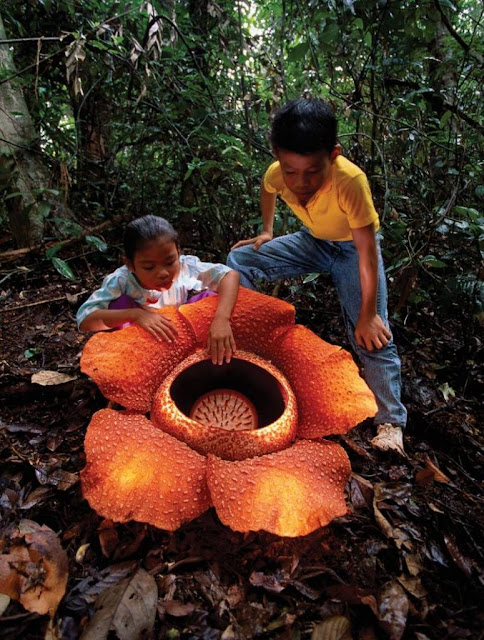

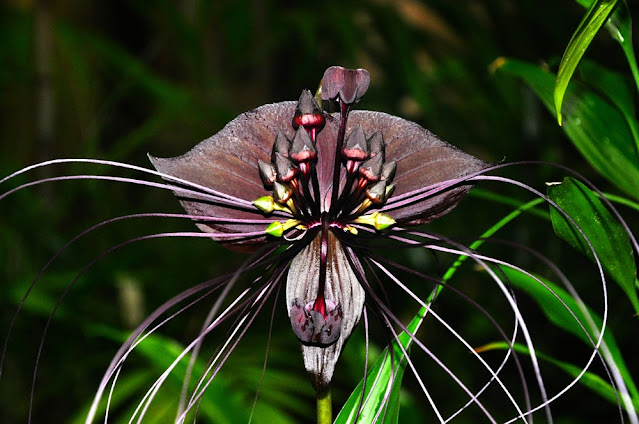


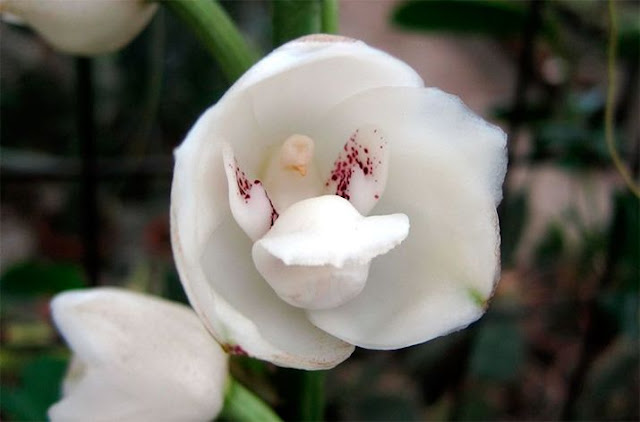
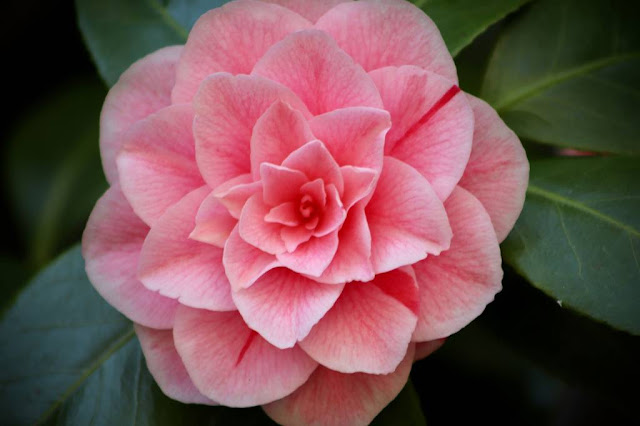
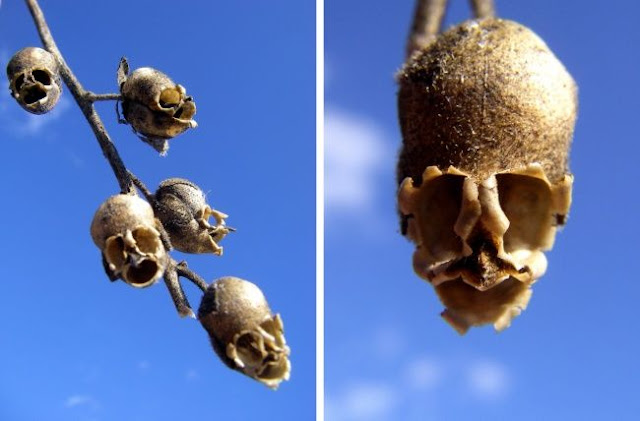

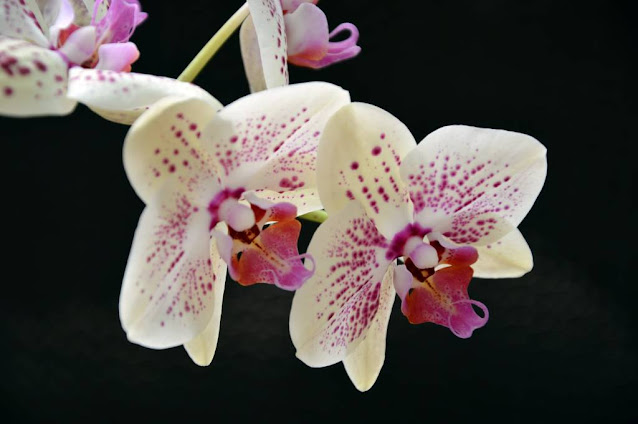
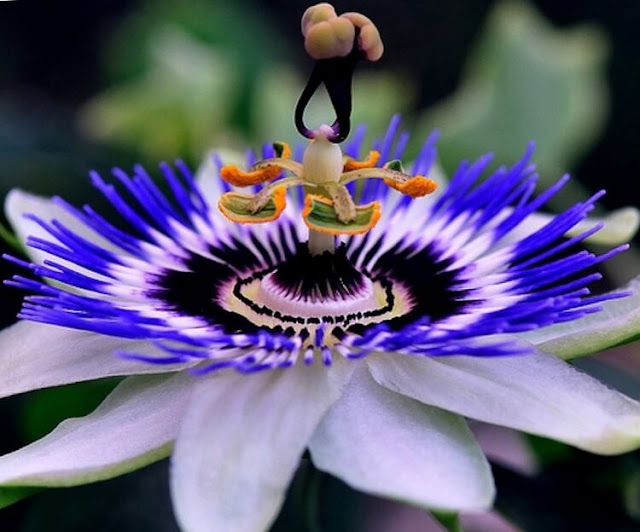

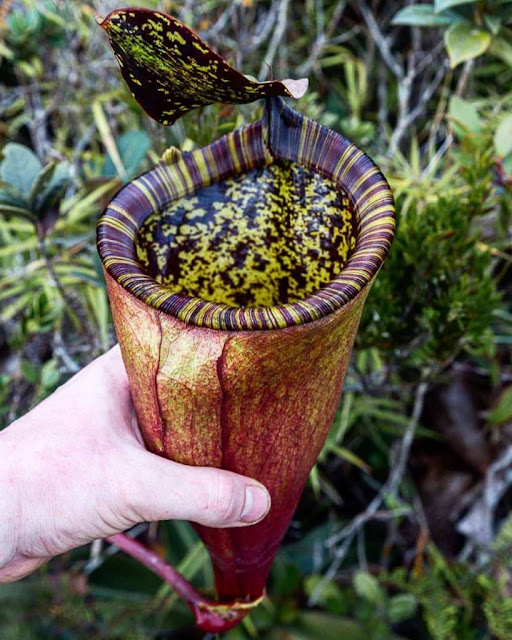
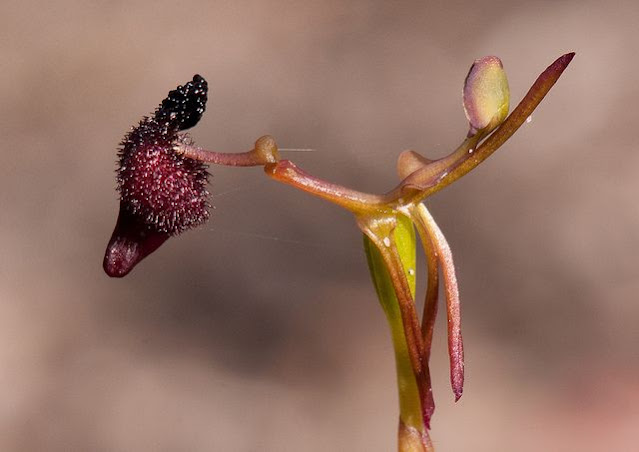

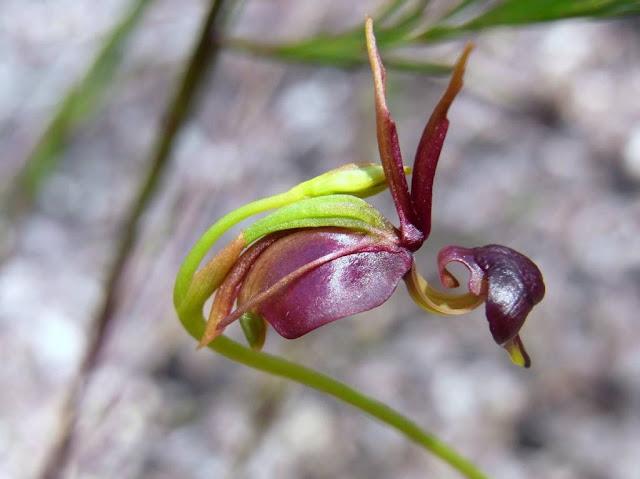


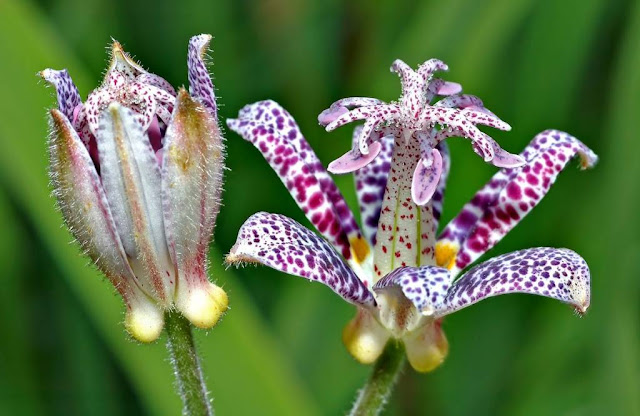
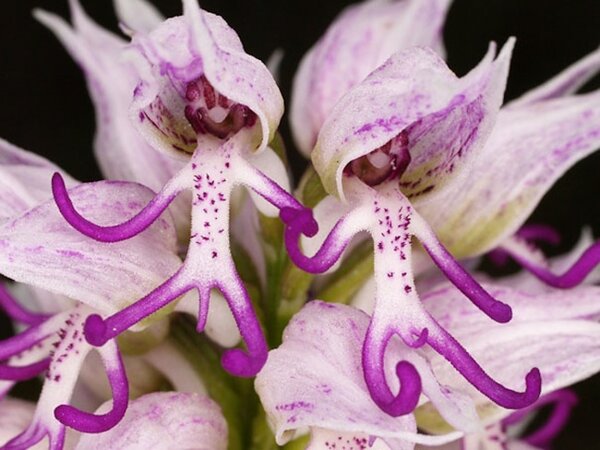

No comments:
Post a Comment